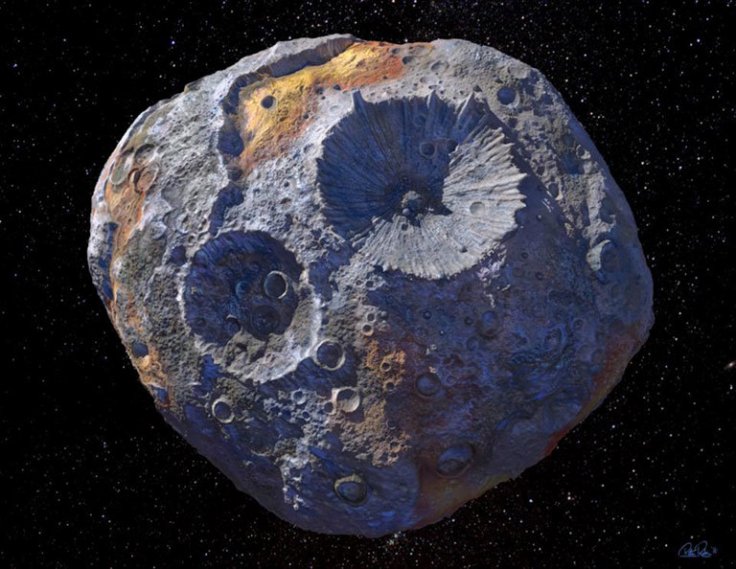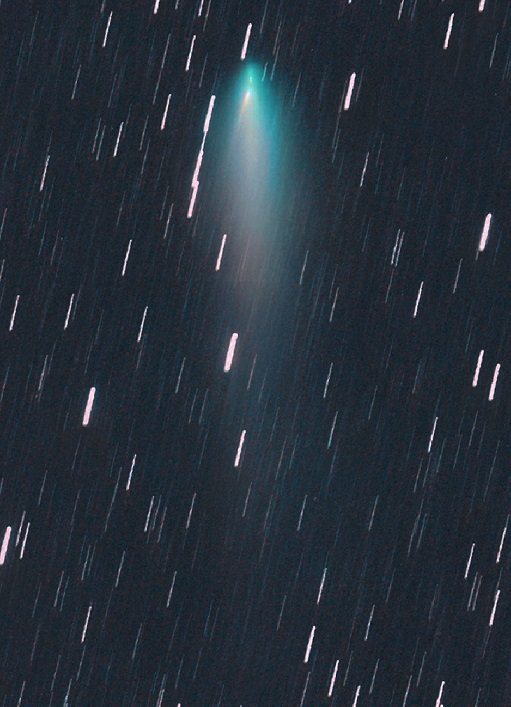A team of astronomers recently detected a new type of asteroid that has a strange feature similar to that of a comet. According to their observations, the asteroid's tail-like feature may have been triggered by the space rock's formation.
The astronomers came across the strange asteroid using the Asteroid Terrestrial-Impact Last Alert System (ATLAS) at the University of Hawaii. They believe the object's characteristics were triggered by the location where it was formed.

Comets and Asteroids
Although comets and asteroids are both space objects, they have very different characteristics. Since comets form on the outer regions of the Solar System, they are mainly made of ice. As they fly close to the Sun, the ice on their surface vaporizes, which then forms into a tail-like trail behind the comet.
Asteroids, on the other hand, are generally rocky and dry space objects. They follow the same orbits as planets within the Solar System. Last year, ATLAS detected a new asteroid known as 2019 LD2. Although the object follows the same orbit as other known asteroids, astronomers noticed that it has a tail-like feature.
Formation Of 2019 LD2
As shown in their observations, 2019 LD2's tail looks very similar to that of comets. They believe that its strange feature was triggered by the location where it formed. Like most comets, 2019 LD2 might have formed in the outer regions of the Solar System. Since these regions are not affected by the heat of the Sun, most objects form with icy surfaces.
The astronomers believe that 2019 LD2 has an icy interior core. As it traveled across space, it was captured by the orbit of Jupiter, causing the asteroid to join the Jupiter Trojans. Trojans are a group of asteroids that share Jupiter's orbit around the Sun.

2019 LD2's Tail
According to the astronomers, it is possible that the asteroid collided with another object in space, exposing its icy interior. As 2019 LD2 follows Jupiter's orbit around the Sun, its icy parts vaporize and form a trail behind the asteroid.
"We have believed for decades that Trojan asteroids should have large amounts of ice beneath their surfaces, but never had any evidence until now," astronomer Alan Fitzsimmons of Queen's University Belfast in Ireland said in a statement. "ATLAS has shown that the predictions of their icy nature may well be correct."









